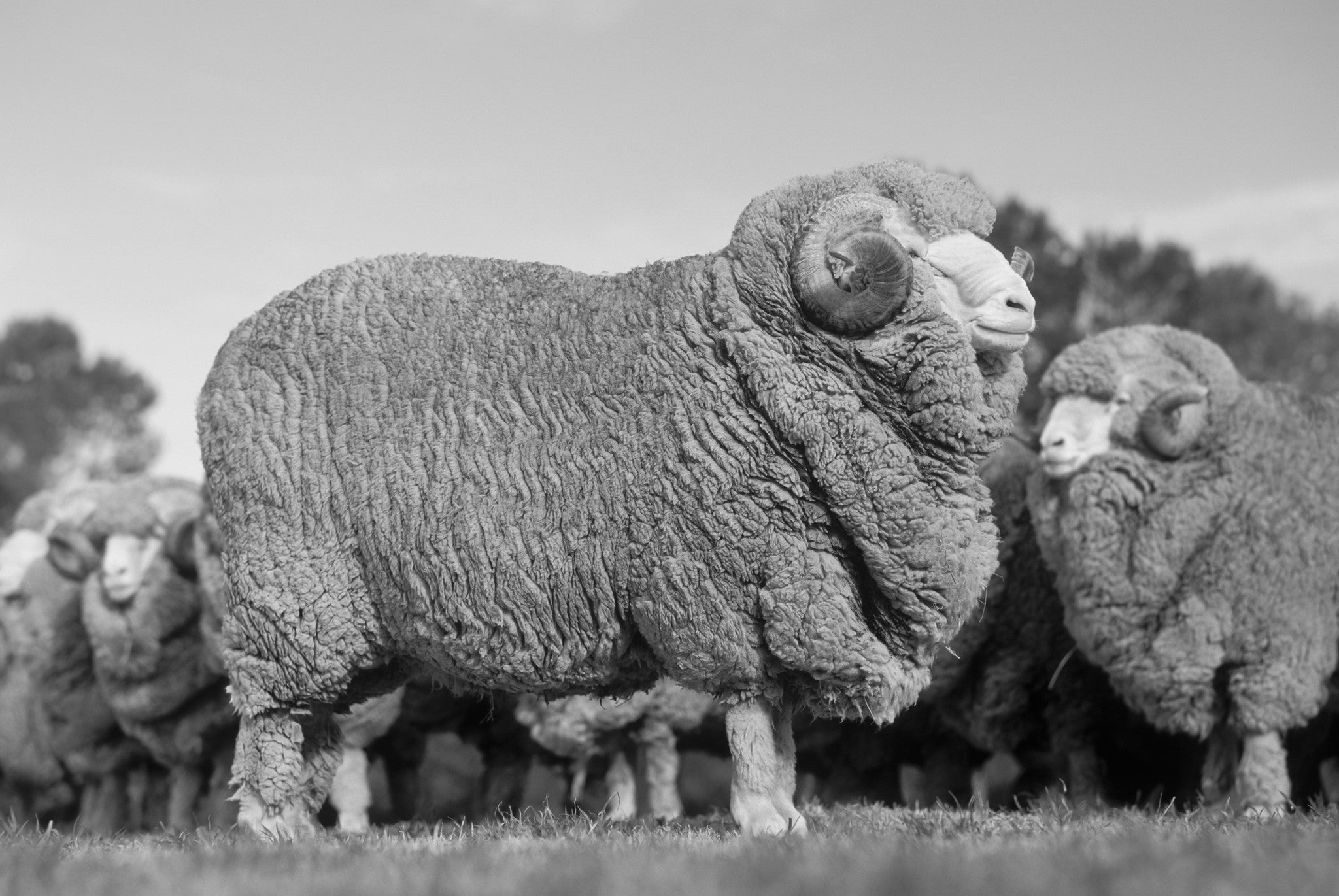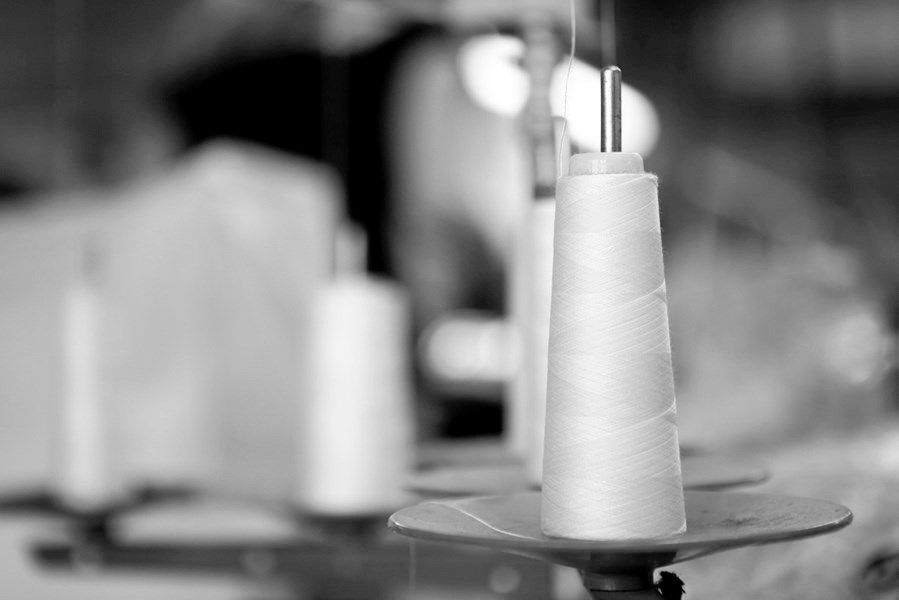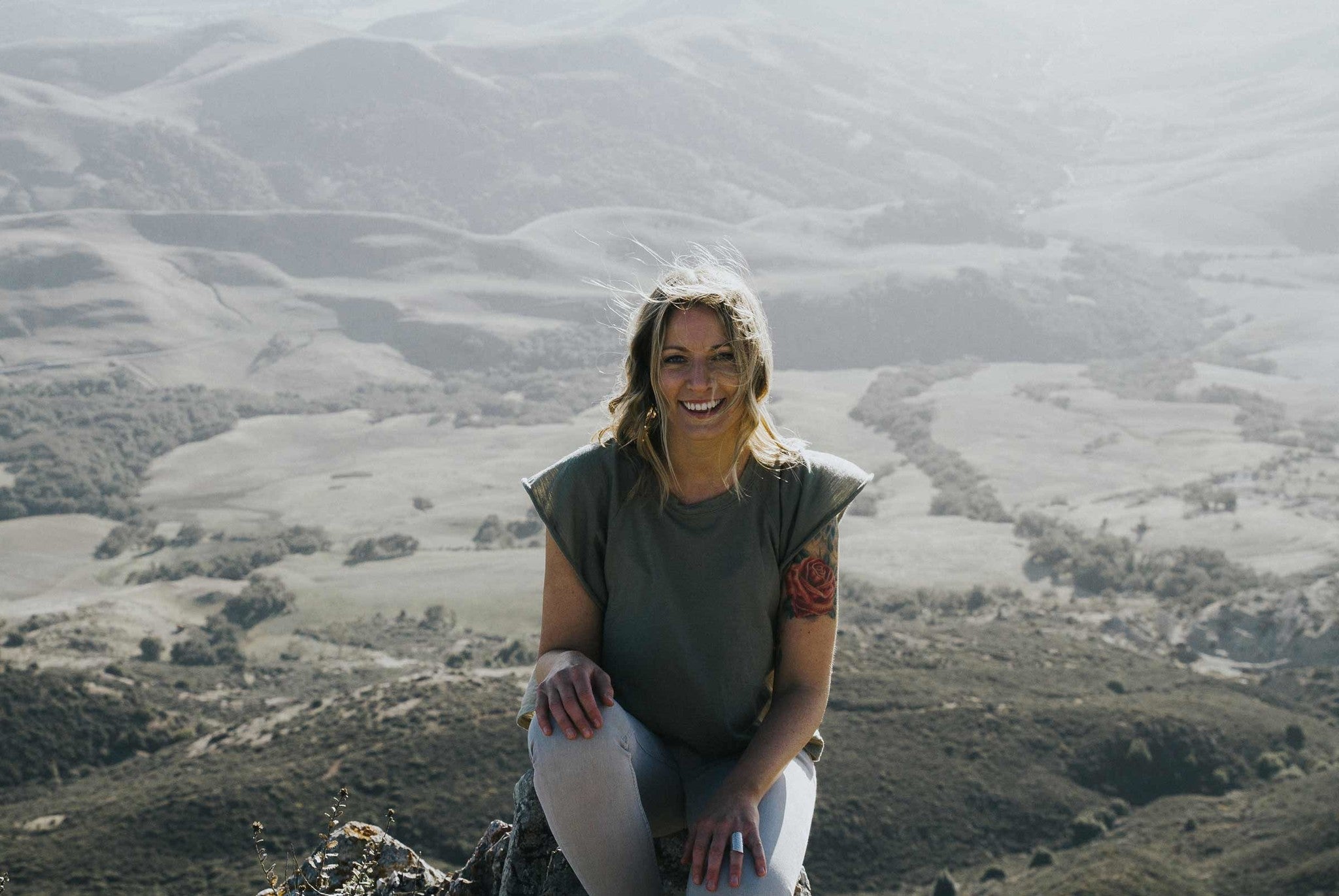
Material School - Wool
Merino wool comes from the Merino sheep. A breed prized for its wool. There are more than ten different varieties of Merino sheep worldwide; some well-known breeds include Australian, Peppin, Saxony, Rambouillet, Vermount and South African.
Ever turned a garment inside out and not really understood what type of fabric it is made of?
Within the textile industry, there is a riot of names on fabrics and hard to know what’s what.
Here we will over time go through the most commonly used fabrics and materials within our industry, the process they go through to become finish products, what qualities they have and the footprint they leave on our planet.
First out is our very own favourite; Merino wool!
Wool is as most of you probably already know, a natural fiber obtained from sheep and other animals such as llamas, alpacas, rabbits and goats.
It is soft, strong and durable. A fabric that provides warmth, keeps the wearer dry while sweating and cool when it’s hot.
What:
Merino wool comes from the Merino sheep. A breed prized for its wool.
There are more than ten different varieties of Merino sheep worldwide; some well-known breeds include Australian, Peppin, Saxony, Rambouillet, Vermount and South African.
It was already highly valued for its wool in the middle ages and today it is the most popular breed of sheep used for clothing. Recognized for its fine microns and soft feel. This wool has a remarkable shine, high breathability and a great warmth - to - weight ratio. It is very durable, naturally elastic and soft against the skin (due to the fine fibers it does not cause the standard itchy feel wool is commonly associated with).
Where:
Merino’s originates from Turkey and Central Spain, but nowadays most are raised in Australia and New Zealand.

How:
Before the wool can turn into fabric it needs to go through a 7 step process.
1. The sheep are usually sheared once a year, normally during springtime. The fleece harvested from sheep can weigh between 6- 18 pounds; as much as possible is kept in one piece. Merino’s need to be sheared at least once a year because their wool does not stop growing. If the coat is allowed to grow, it can cause heat stress, mobility issues, and blindness.
2. Sorting the fleece into sections of the quality fibers, from different parts of the body. The best qualities comes from the sides and shoulders of the sheep and are used for clothing; the lesser quality comes from the legs and is often used to make rugs.
3. The wool needs to be washed in warm water with some detergent to get rid of the greasy, fatty lanolin. The byproduct Lanolin is saved and used in cosmetics.
4. The fibers are run through a machine with “metal teeth” which straightens and bends the fibers into slivers. The carding process also gets rid of access dirt and contamination.
5. Spinning is where the wool fibers are turned into yarns. During the spinning wool fibers are drawn out and twisted together.
6. Weaving or Knitting. The yarn is either weaved or knitted and made into a fabric.
7. After weaving and knitting, the fabrics undergo the finishing touches, which most commonly are Fulling; Immersing the fabric into water to make the fibers interlock. Dyeing is often done at this stage but it can also happen earlier in the production.
Benefits:
Soft: Merino fibers are exceptionally fine, ranging from 11,5 to 21.5 microns (a human’s hair is 40 microns!), which enables the fibers to bend more than coarser wool fibers. The result; a soft and luxurious feel when worn against the skin.
Natural elasticity: The natural elasticity of merino wool makes sure that your garment stays in its original shape.
Warm and cool: Merino wool functions as a temperature regulator and reacts to changes in your temperature; when the weather is cold it helps you stay warm, and when the weather is warm it helps you stay cold.
Breathable: Merino wool is breathable and makes you less clammy due to the fibers ability to absorb moisture vapour and move it away to evaporate into the air.
Odour resistant: Another fantastic outcome of merino wool’s ability to absorb moisture is less sweat on our bodies, it absorbs the odours from sweat, and release if it’s aired or washed.
Anti-wrinkle: Merino fibers are much like a coiled spring and returns to its original shape after being bent.
Fire resistant: Wool is self-extinguishing; if exposed flames, it chars or smoulders.
Biodegradable: Merino wool will naturally decompose in soil.

Sustainability:
Wool is natural, and a renewable fiber. Sheep being a part of the natural carbon cycle, consuming organic carbon stored in plant and converting it to wool. Fifty percent of the weight of wool is pure organic carbon.
Wool garments often just require airing and are washed less frequent than other garments, at a lower temperature, which again has a lower impact on the environment.
Wool garments live long lives and can be worn and used longer compared to other textile fibers and when it's time for your wool garment to leave your wardrobe it is biodegradable and decomposes.
You can read more about wool and sustainability here: http://www.iwto.org/sustainability



